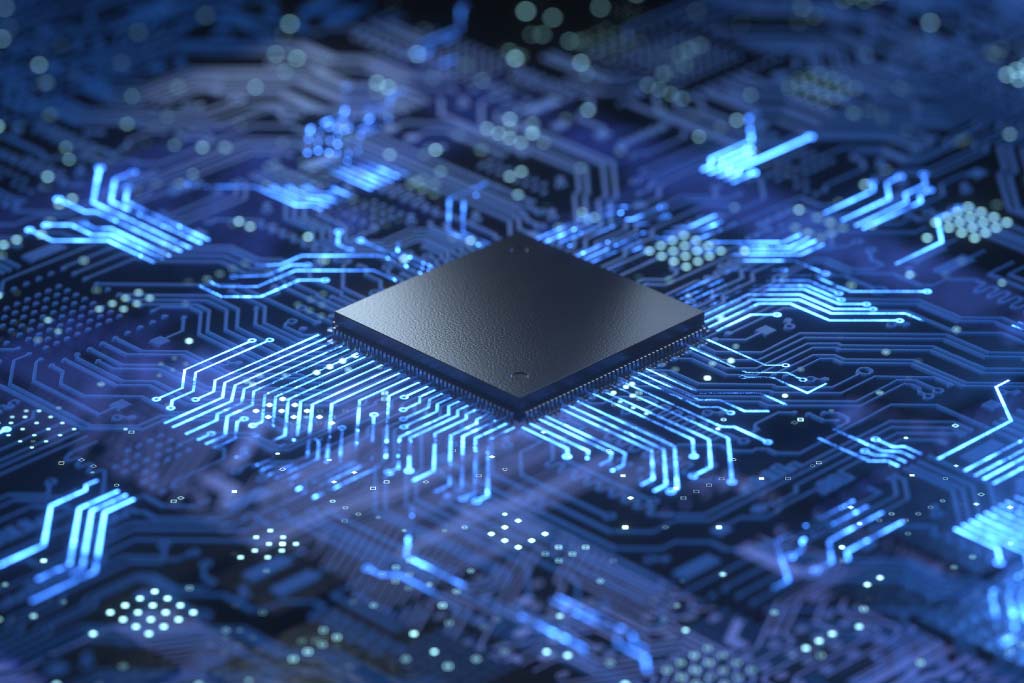ESD full form stands for Electrostatic Discharge, it is a phenomenon that occurs when two objects with different electric potentials come into contact or proximity. This sudden flow of electricity can have damaging effects on sensitive electronic components, leading to malfunctions, data loss, or even complete device failure.
What is Electrostatic Discharge (ESD)?
ESD is essentially the transfer of static electricity between objects. It occurs when an object becomes charged with static electricity due to friction or contact with another charged object. When this charged object comes into contact with a conductive surface or another object with a different charge, the excess electrons or ions are quickly released, resulting in a sudden surge of electricity.

Importance of ESD Control
Controlling ESD is crucial, especially in industries where electronic devices are manufactured, handled, or repaired. Uncontrolled ESD can lead to significant financial losses due to damaged components, increased warranty claims, and reduced product reliability.
Cause Of ESD
Human Body Model (HBM)
One of the most common sources of ESD is the human body. Humans can accumulate static electricity through everyday activities such as walking on carpets, handling plastic materials, or even moving in synthetic clothing. When a person touches a grounded object or an electronic device, the stored static electricity can discharge and potentially damage the device.
Machine Model (MM)
Machines and equipment used in manufacturing processes can also generate ESD. Moving parts, friction between materials, and improper grounding of equipment can all contribute to the buildup of static electricity.
Charged Device Model (CDM)
ESD can also occur within electronic devices themselves. Components such as integrated circuits can build up charges during manufacturing or handling. When these charged devices come into contact with a grounded surface or another device, a sudden discharge can occur, leading to component damage.
Effects of ESD
Damage to Electronic Components
The most immediate effect of ESD is the damage it causes to sensitive electronic components. Components such as transistors, capacitors, and microprocessors can be permanently damaged by even a small ESD event.
Impact on Devices and Systems
ESD can also have broader impacts on devices and systems. It can cause intermittent faults, reducing the reliability of electronic devices. In critical systems such as medical devices or aerospace equipment, ESD-induced failures can have severe consequences.
ESD Prevention Techniques
ESD Protective Clothing
In environments where ESD is a concern, workers often wear special clothing made of antistatic materials. These garments help to dissipate any static charges that the wearer may accumulate, reducing the risk of ESD events.
ESD Flooring
Special flooring materials with conductive properties are used in ESD-sensitive areas. These floors help to provide a path for static electricity to dissipate harmlessly into the ground, preventing buildup and potential discharges.
ESD Packaging
Electronic components and devices are often shipped and stored in ESD-safe packaging. These packages are designed to prevent static buildup and protect the contents from ESD events during transportation and handling.
Grounding Methods
One of the most effective ways to control ESD is through proper grounding. Equipment, workstations, and personnel should all be properly grounded to ensure that any static charges are safely discharged.

Importance Of ESD in Various Industries
Electronics Manufacturing
In the electronics manufacturing industry, ESD control is a critical aspect of ensuring product quality. Failure to properly manage ESD can lead to costly rework, scrap, and customer returns.
Aerospace
Aerospace equipment and aircraft are highly sensitive to ESD. A single ESD event can cause a malfunction in critical systems, posing significant safety risks.
Medical Devices
In the medical industry, ESD can compromise the functionality of sensitive medical equipment. Proper ESD control is essential to maintain the accuracy and reliability of devices such as MRI machines and patient monitors.
Compliance Standards for ESD
ANSI/ESD S20.20
This standard provides guidelines for the development of an ESD control program. It covers various aspects such as grounding, personnel training, and testing procedures.
IEC 61340
The International Electrotechnical Commission (IEC) standardizes practices related to ESD control. IEC 61340 provides a framework for managing ESD risks in different industries.
Best Practices for ESD Control
Employee Training
Educating employees about the risks of ESD and proper handling procedures is crucial. Training programs should cover topics such as grounding techniques, proper clothing, and safe handling practices.
Regular ESD Audits
Conducting regular audits of ESD control measures helps to identify potential areas of improvement. These audits can include testing workstations, equipment, and personnel grounding.
Monitoring ESD Sensitive Areas
Continuous monitoring of ESD-sensitive areas ensures that control measures are effective. This includes using static monitors and testing equipment to detect any potential ESD risks.
FAQs About ESD
1. What is Electrostatic Discharge (ESD)?
Electrostatic Discharge (ESD) refers to the sudden flow of electricity between two objects with different electric potentials. It can occur when there is a buildup of static electricity, often resulting in damage to electronic components.
2. How does ESD affect electronic devices?
ESD can have damaging effects on electronic devices, ranging from temporary glitches to permanent failure. Even a small discharge of static electricity can harm sensitive components like microprocessors and transistors.
3. What are some common causes of ESD?
There are several sources of ESD, including human body contact with electronics, machines generating static electricity through friction, and even charged devices themselves discharging when grounded.
4. Why is ESD control important in industries?
ESD control is crucial in industries like electronics manufacturing, aerospace, and medical devices to prevent costly damages and ensure product reliability. It helps in reducing the risks of malfunctions and equipment failures.
5. ESD Full Form?
ESD stands for Electrostatic Discharge

Bottomline
ESD poses a significant threat to the reliability and performance of electronic devices. Understanding the causes, effects, and prevention techniques of ESD is essential for industries where electronics play a crucial role. By implementing proper ESD control measures, businesses can protect their investments, ensure product quality, and maintain customer satisfaction.
Feel free to ask more questions if you have any, You can also explore our products.

Very Nice